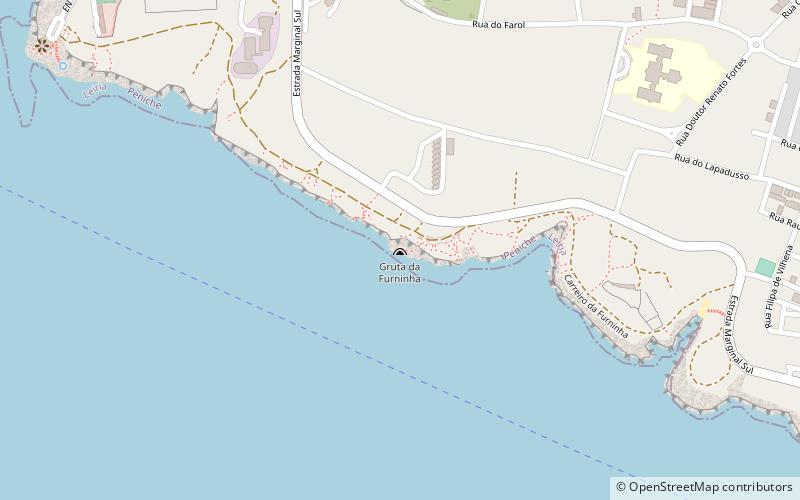Furninha

Facts and practical information
Furninha, Portugal, is an archaeological gem that whispers tales from the prehistoric times. This cave, located near Peniche on the country's rugged Atlantic coast, is a site of significant anthropological and historical interest. Known for its ancient human occupation, Furninha has yielded numerous artifacts and remains that provide insight into the lives of our ancestors.
The cave itself is a natural wonder, with its cavernous chambers and eerie stalactite formations. It was once a refuge for prehistoric communities, offering shelter from the elements and predators. The importance of Furninha lies in the evidence of continuous human habitation, dating back to the Paleolithic era. Archeologists have unearthed tools, ornaments, and even human fossils, including the remains of Neanderthals and possibly earlier hominid species.
One of the most remarkable discoveries at Furninha was the skeleton of a Neanderthal child, which shed light on the burial practices and the social structure of this extinct species. The cave's interior, although not extensively large, is a labyrinth of smaller passages and chambers that tell a story of survival and adaptation over thousands of years.
Furninha – popular in the area (distance from the attraction)
Nearby attractions include: Cabo Carvoeiro, Igreja de São Leonardo, Estádio do G.D. Peniche, Castle of Atouguia da Baleia.



